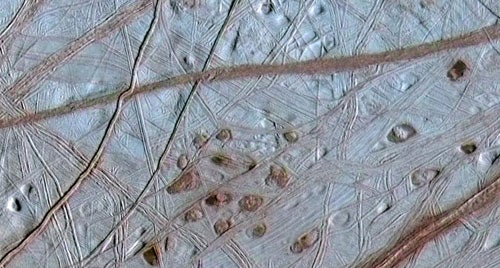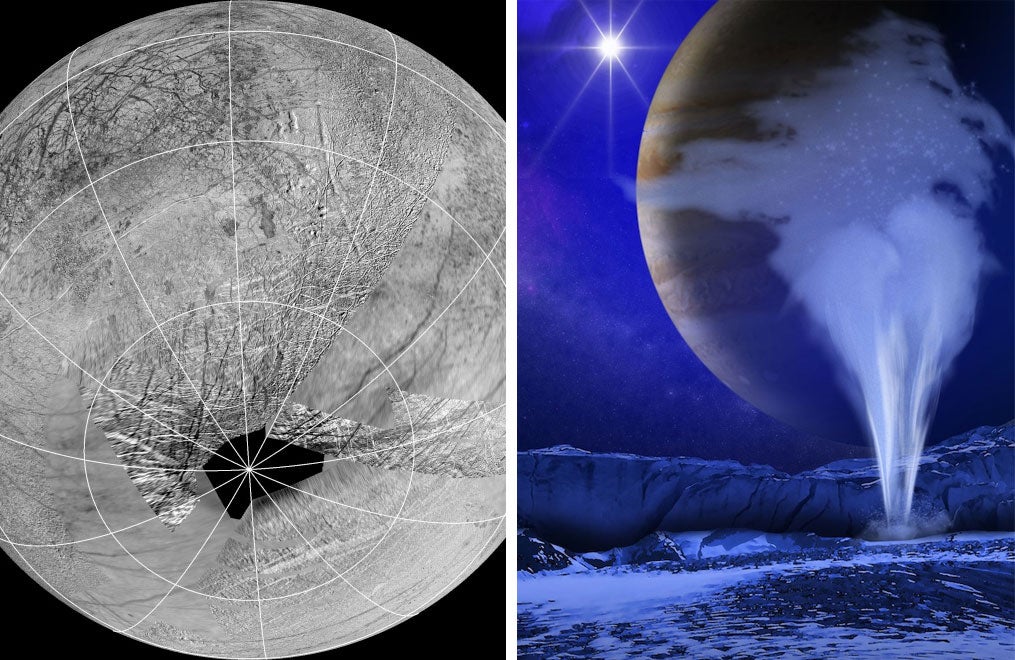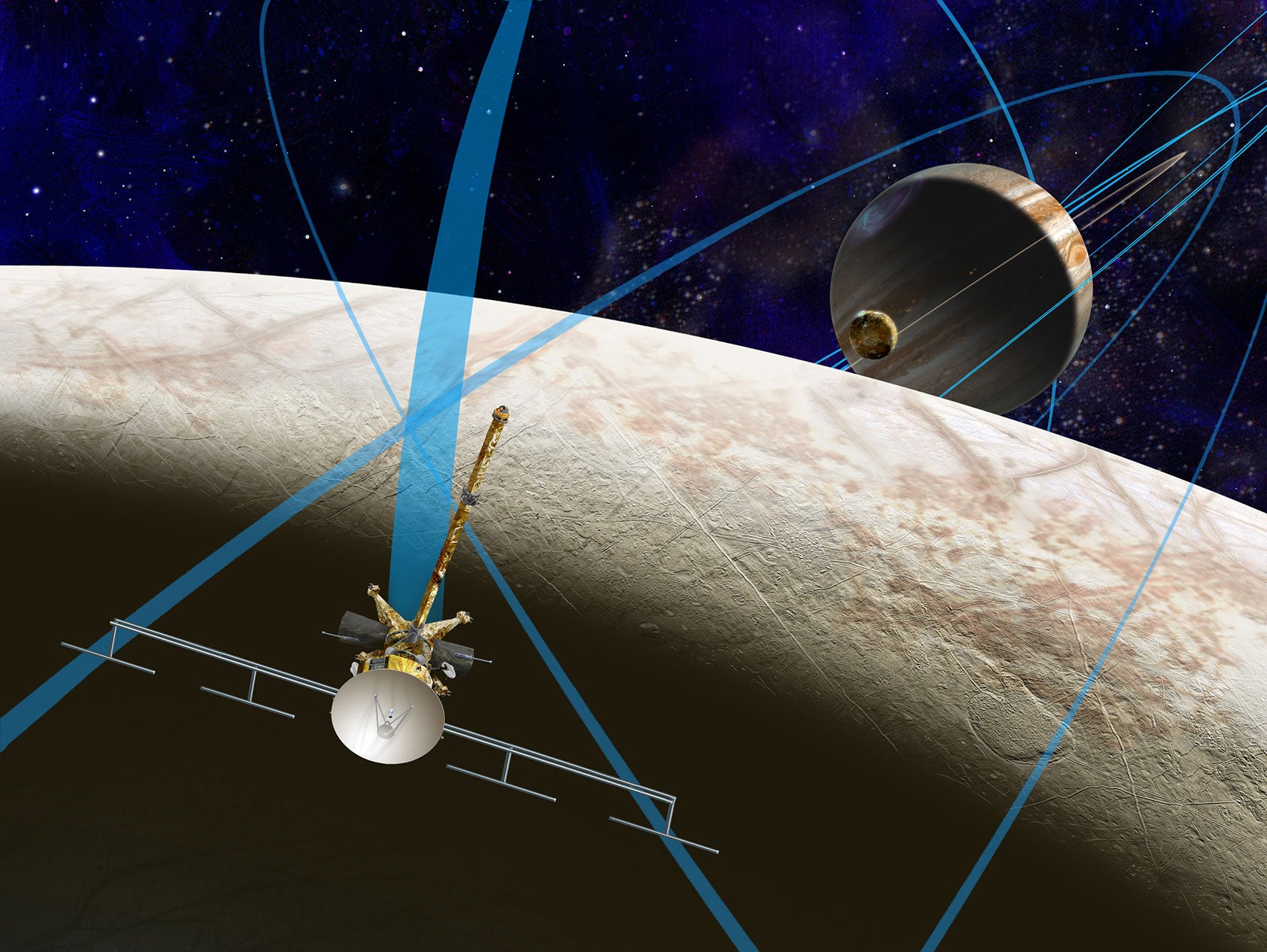Nasa eyes Europa: Could the oceans of Jupiter's moon be hiding extraterrestrial life?
The US space agency has announced its 2015 budget - with $15m set aside for exploratory work for a mission to Europa

Your support helps us to tell the story
This election is still a dead heat, according to most polls. In a fight with such wafer-thin margins, we need reporters on the ground talking to the people Trump and Harris are courting. Your support allows us to keep sending journalists to the story.
The Independent is trusted by 27 million Americans from across the entire political spectrum every month. Unlike many other quality news outlets, we choose not to lock you out of our reporting and analysis with paywalls. But quality journalism must still be paid for.
Help us keep bring these critical stories to light. Your support makes all the difference.
We’ve yet to find definitive evidence of life on Mars but for Nasa the search is continuing further afield. In its latest budget request the US space agency set aside funds to explore a mission to Jupiter’s moon Europa, often described as one of the solar system’s best bets for hosting alien life.
Nasa’s annual federal budget request of $17.5bn (down by $1.2bn from its 2010 peak) has set aside $15m for “pre-formulation work” on a mission to the moon, with plans to make detailed observations and possibly sample its interior oceans.
Scientists believe that underneath Europa’s icy exterior is a single, massive ocean that contains almost twice as much water as is found on Earth, kept liquid by the gravitational pull of Jupiter – a force that creates tidal swells 1,000 times stronger than those caused by our own Moon.

Although for many years it was believed that the existence of life was dependent on absorbing energy from the Sun, in the past 40 years scientists have discovered that microbial life can thrive even in the most extreme, sun-less environments.
These include the discovery diverse organisms including tube worms and shrimp found around the deep-sea hydrothermal vents known as ‘black smokers’.
In addition to the possibility of life under the ice, observations made late last year by the Hubble telescope suggest that enormous jets of water some 200km tall (that’s twice as high as Earth’s atmosphere) are spurting from Europa’s southern pole.
This would mean that the Europa Clipper – a concept space probe that Nasa has been developing for just such a mission – could conceivably fly through these plumes of water vapour, collecting samples from Europa’s interior without having to face the cost and difficulty of landing on the surface.

Although the 2015 proposed budget is the first time funding to study Europa has been explicitly requested, Nasa has has stressed that all of this work is extremely preliminary.
"Europa is a very challenging mission operating in a really high radiation environment, and there's lots to do to prepare for it," Nasa’s chief financial officer Beth Robinson said to reporters on Tuesday. "We're looking for a launch some time in the mid-2020s.”
And while the $15m set aside for research on a Europa mission is tiny compared to the total budget, space enthusiasts should not be downhearted – more than of the proposed budget was allocated for “human exploration operations”, aka getting humans off the planet.

Nasa is currently working on a new crew vehicle (the Orion spacecraft) as well a heavy-lifting rocket designed "to take astronauts farther into the solar system than we have ever gone before."
Both of these craft will be instrumental in the space agency’s plans to send astronauts to an asteroid by 2025 and to Mars some time in the 2030s. So even if we don’t find extraterrestrial life elsewhere in the Solar System, it seems we'll at least be getting better at getting away from our own planet.
Click here to read Nasa's highlights from the 2015 budget request
Subscribe to Independent Premium to bookmark this article
Want to bookmark your favourite articles and stories to read or reference later? Start your Independent Premium subscription today.
Join our commenting forum
Join thought-provoking conversations, follow other Independent readers and see their replies
Comments